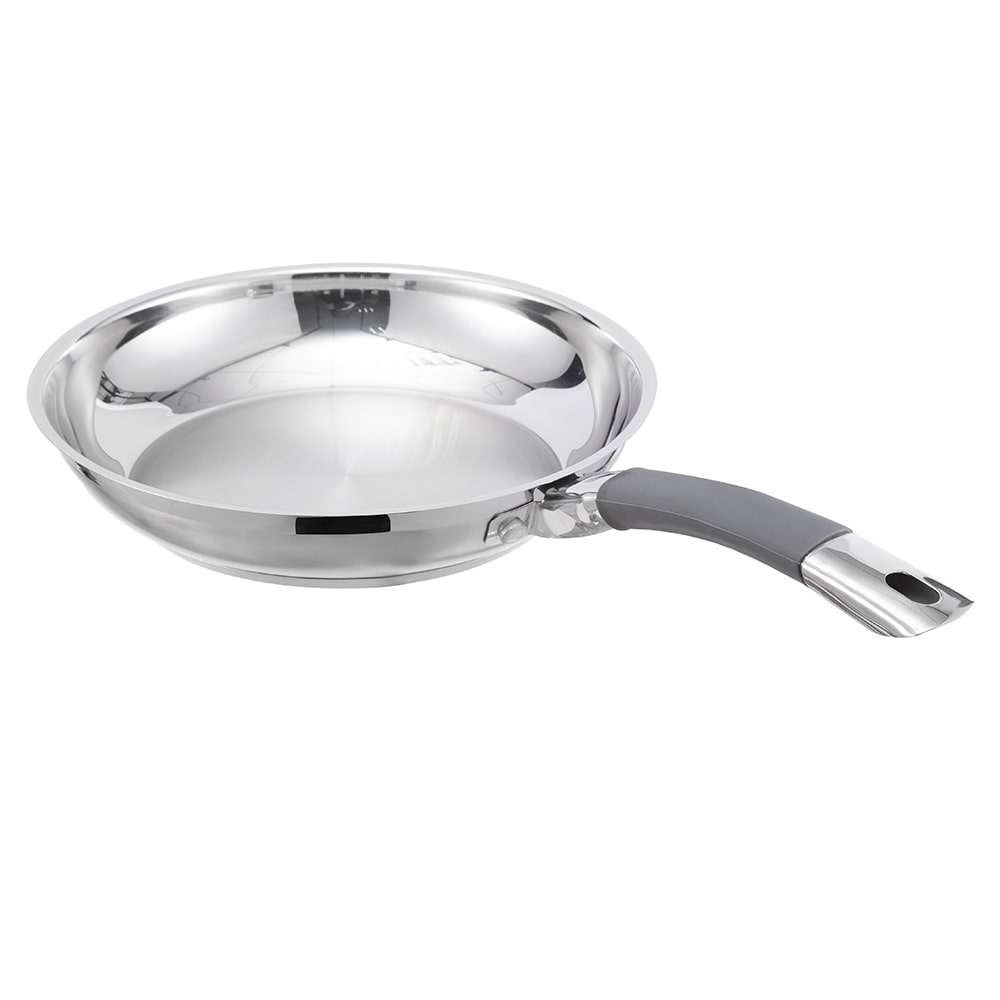The aluminum alloy non-stick stone coating soup pot breaks through traditional limitations with the innovation of structural design. It does not simply rely on material properties and coating performance, but through the systematic design of edge contours, bottom structures, overall shapes and detailed components, it builds a three-dimensional protection system to resist physical impact, thermal stress and chemical corrosion, and achieves an essential leap in durability. The streamlined design of the edge of the soup pot reconstructs the collision protection mechanism from a mechanical perspective. When the right-angled edges of traditional cookware encounter external forces, the stress will be geometrically concentrated on the edges and corners, which is very likely to cause gaps or cracks, and then accelerate the peeling of the coating and structural failure. The aluminum alloy non-stick stone coating soup pot adopts CNC precision grinding technology to control the edge curvature within a specific parameter range, so that the impact force generated by the collision is evenly dispersed along the curved surface. This design is like putting on a "buffer armor" for the pot body, which can effectively prevent the coating from being damaged due to local stress concentration even in frequent countertop dragging and sink collisions. At the same time, the rounded edge shape eliminates the safety hazards caused by sharp edges and corners, achieving a double improvement in durability and safety. The composite structure at the bottom is usually composed of three layers of materials: the aluminum alloy in the middle layer relies on excellent thermal conductivity to ensure that heat is quickly and evenly diffused to the entire pot body, avoiding local overheating and causing irreversible damage to the coating; the magnetic conductive metal (such as iron or stainless steel) on the outer layer not only gives the soup pot the ability to adapt to multiple heat sources, but also enhances the overall structural rigidity with high strength characteristics; the inner protective base layer is treated by surface roughening to form a micron-level anchoring structure, which significantly improves the mechanical bite force between the coating and the substrate. When the soup pot is fried at high temperature or stewed for a long time, the composite structure effectively buffers the deformation caused by thermal expansion and contraction by matching the thermal expansion coefficients between materials and optimizing the stress conduction path, preventing the coating from cracking and falling off due to deformation of the substrate. The overall shape design also serves the long-term maintenance of durability. The deep pot structure is not only suitable for diversified cooking needs such as stewing, boiling, and braising, but also reduces the risk of corrosion on the surface of the pot body caused by boiling and overflowing of the soup by increasing the liquid holding space. The design of the curved pot wall is based on the principle of thermal convection, guiding the hot air in the pot to form a spiral upward uniform flow path, avoiding the aging of the coating caused by local high temperature accumulation. The precise interlocking structure of the pot lid and the pot body adopts a widened and thickened silicone sealing ring, combined with the edge curvature optimized by fluid mechanics, to ensure the sealing during frequent opening and closing, prevent steam leakage from eroding the edge of the coating, and reduce heat loss and cooking efficiency reduction caused by sealing failure. In the design of detailed components, the structure of the soup pot handle fully considers mechanical balance and ergonomics. High-strength thermal insulation material is connected to the aluminum alloy substrate through riveting or one-piece molding process to form a stable triangular mechanical structure, ensuring that the stress is evenly distributed on the pot body when carrying heavy objects, avoiding the fracture of the connection part or the peeling of the coating due to excessive local force. The grip curvature of the handle is optimized by three-dimensional modeling based on the skeletal morphology of the human palm, so that the hand pressure is more evenly dispersed, reducing fatigue after long-term use, thereby reducing the risk of collision caused by hand shaking. In addition, the rotating shaft of the pot lid handle adopts wear-resistant ceramic bearings, which reduces friction loss and extends the service life of the opening and closing parts. The structural design of the aluminum alloy non-stick stone coating soup pot is essentially a deep integration of material science, engineering mechanics and cooking needs. From microscopic surface treatment to macroscopic morphological layout, each design detail is aimed at improving durability. Through multiple strategies such as dispersing stress, optimizing heat conduction, and reducing wear, a solid defense line is built to resist the erosion of the complex kitchen environment.
 No. 1, Jingwei Road, Yangcheng Lake Town, Xiangcheng District, Suzhou City, China
No. 1, Jingwei Road, Yangcheng Lake Town, Xiangcheng District, Suzhou City, China [email protected]
[email protected] +86-13913553688
+86-13913553688
 search
search
 中文简体
中文简体 English
English русский
русский Français
Français Español
Español 日本語
日本語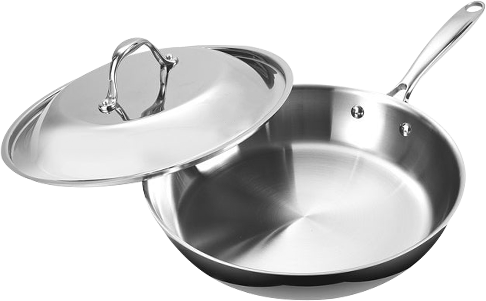
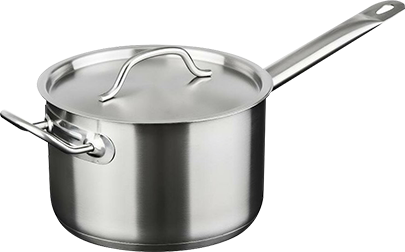

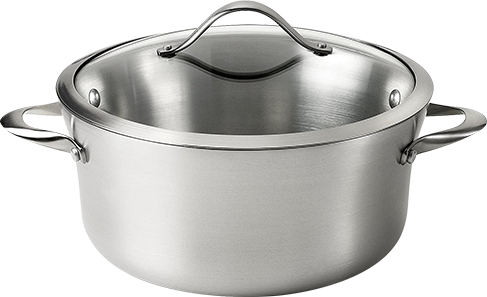
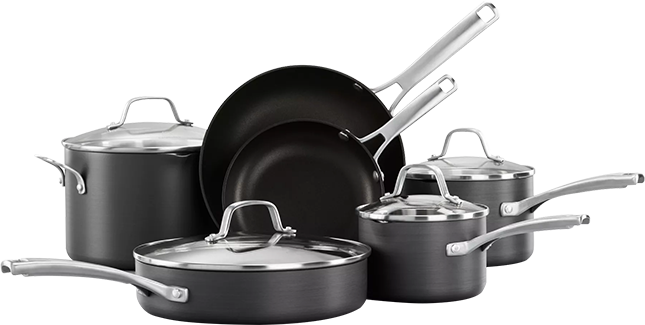


-4.jpg)
-1.jpg)
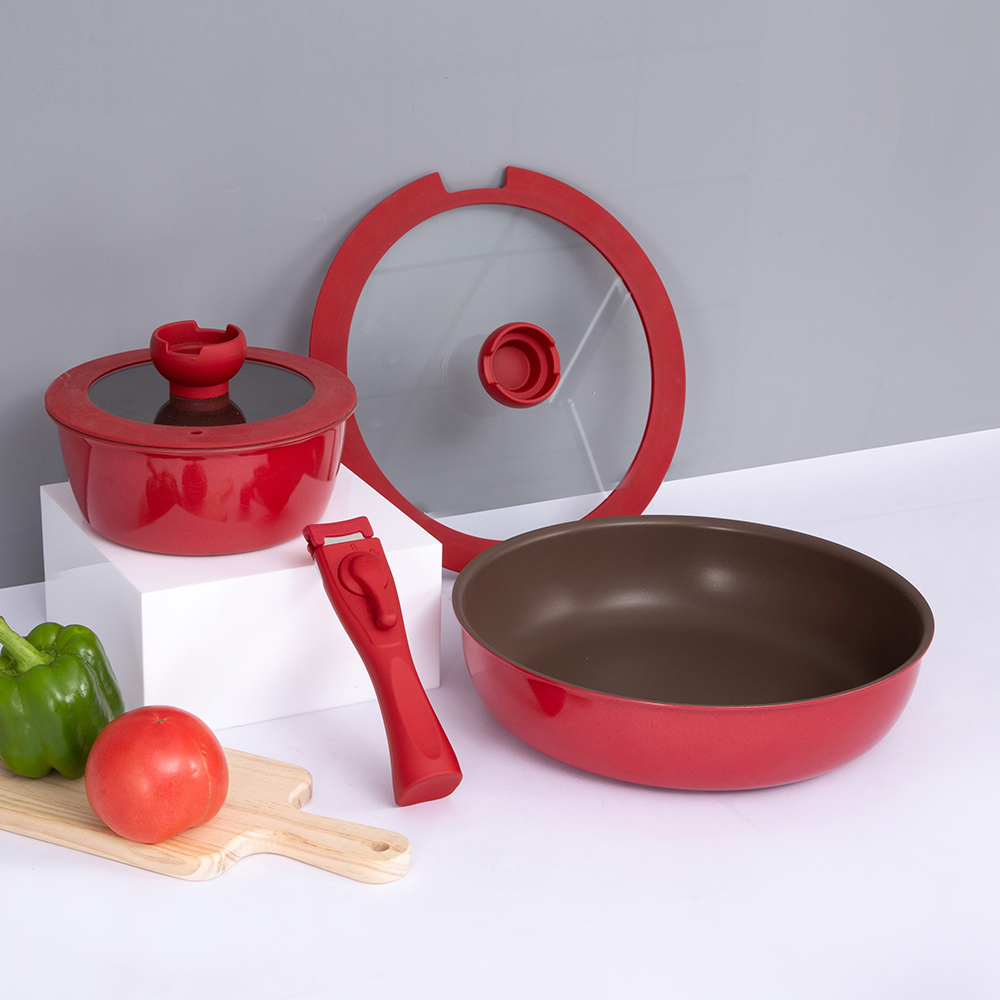
-3.jpg)
-5.jpg)
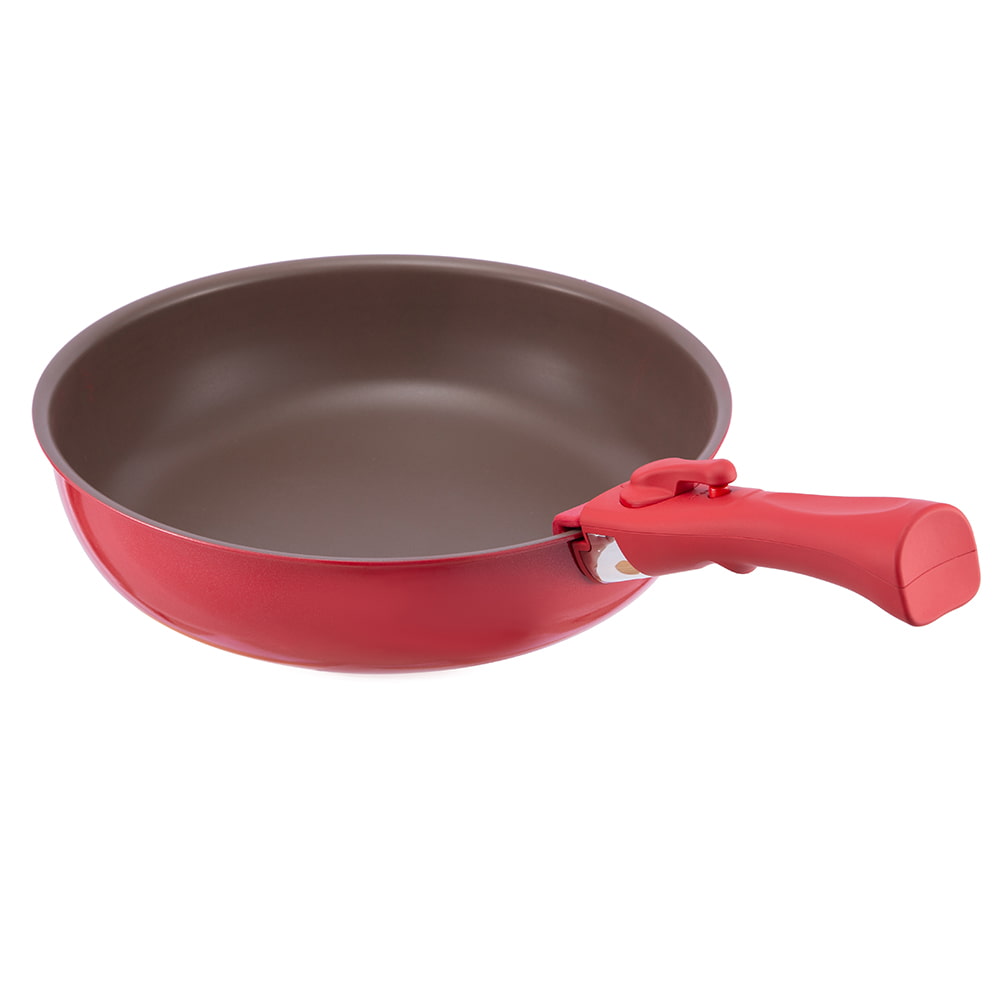
-3.jpg)
-9.jpg)
-3.jpg)
-14.jpg)
